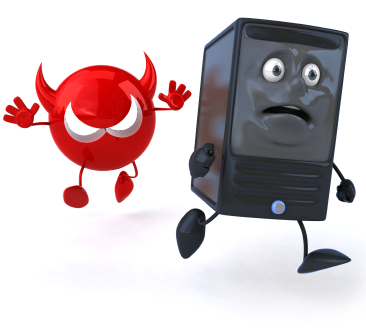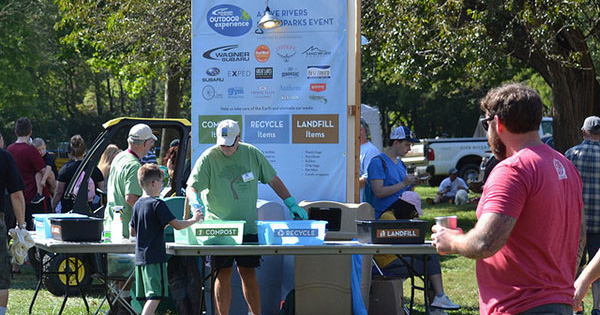How Did That Virus Get Onto My Computer?

Probably the number one customer question we get at Computer Troubleshooters is ''How'd that virus get onto my computer?'' For us, that's a loaded question...
How Did That Virus Get Onto My Computer?
Probably the number one customer question we get at Computer Troubleshooters is "How'd that virus get onto my computer?" For us, that's a loaded question because it's only the rare occasion that we actually know, beyond the shadow of a doubt, exactly how a virus got onto a computer. That said, the easy answer to that question is "Who ever used the computer put the virus there in the course of going about his/her business".
That's vague and not a very satisfying answer, but it pretty much is the only one we really have. Viruses never leave "footprints"; they are just good solid workers that suddenly show up and do their job, despicable as that may be. So, in absence of a clear and satisfying explanation for how a virus got in there, we explain the variety of mechanisms by which viruses get onto computers.
Mechanism #1: Email Attachments
Attachments to emails come from anywhere, not necessarily from a sender you recognize. People unwittingly forward infected attachments and have their email addresses spoofed all the time. The best advice here is that if you are not sure about an email, don't open the attachment. If you must open it, run a virus scanner on it and see if it's clean. Just remember, viruses can be buried in Microsoft Office files, zip files, EXE files, and others. Be suspicious of anything you didn't expect to get.
Mechanism #2: The Internet Popup or Email Link
This has become quite prevalent recently and is quite deceptive. Say you're browsing the Internet and you go to a website you've never been to before. Suddenly, a window pops-up informing you that your computer is infected, or your computer has errors, or you need to "click here" to do something. Whatever you do, don't click anything on that window and don't do what it asks. Doing so will infect your computer or worse. A similar thing happens with spoofed emails that have a link or "button" in the email stating that you need to click the link (or button) to retrieve something. Just don't click.
Mechanism #3: Free Music and Movies
Unless you are downloading "free" music or movies, this mechanism probably won't get you. Downloading "free" stuff always comes with a large risk. Virus builders embed their viruses in the "free" stuff so that when you open it, you get infected. Stay away from "free" music and movies. Wonder why "free" is in quotes? It's because there is rarely such a thing as "free" music or movies. It's most likely pirated, illegal, and infectious. Stay away from it.
Mechanism #4: Infected Software (games, utilities, demos, etc.)
Infected software is very similar to the free movies and music. Free games and other programs get downloaded from the Internet and installed on your computer. Along for the ride is a virus or other malware program. Best practice is just don't download it unless you can verify that its okay. There are good virus free sources for software like c-net.
If you have a virus problem or need advice, contact Cliff at Computer Troubleshooters - cbrust@comptroub.com or visit www.ctbeavercreek.com.


















